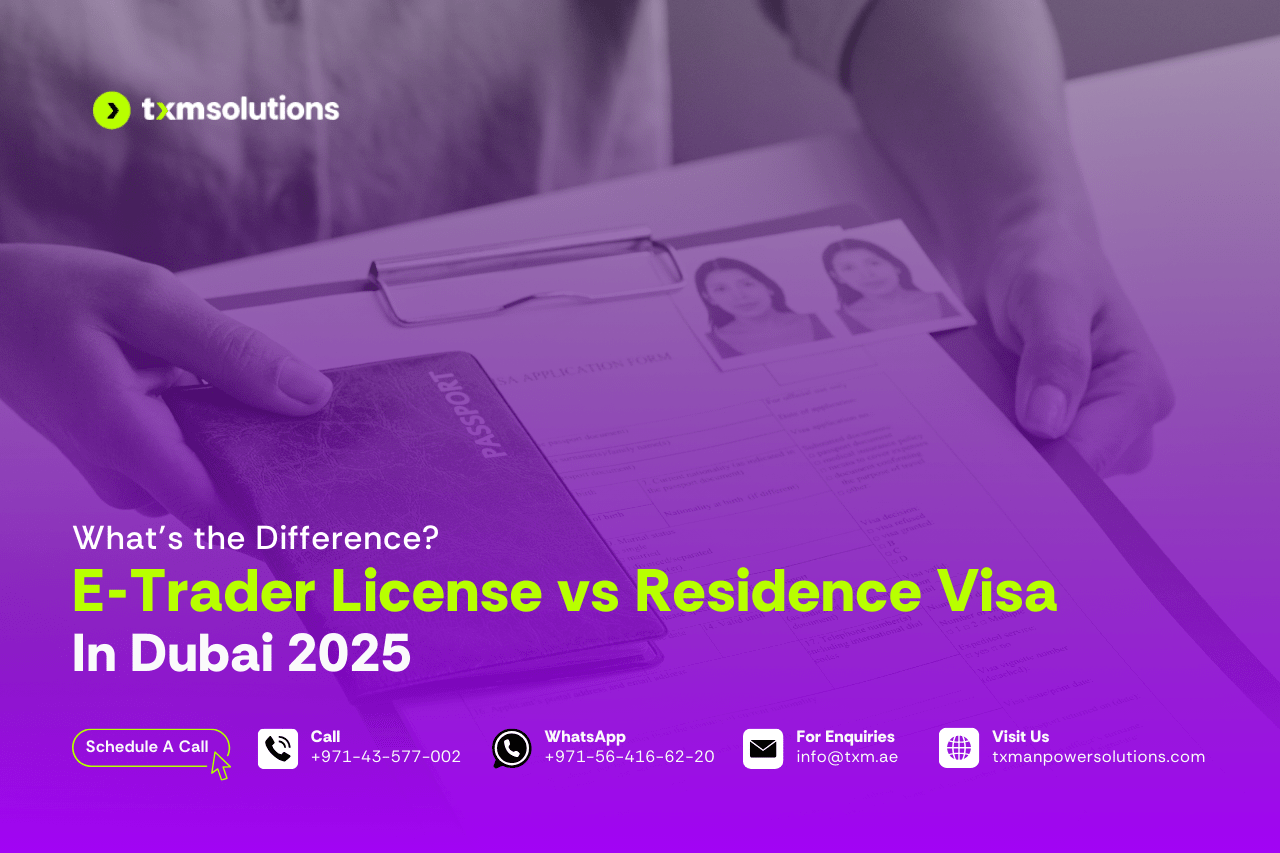Effective human resource management requires a clear understanding of the Recruitment Process and Selection Process, as they are vital to building an organization’s workforce. While both processes are interrelated, they have distinct roles.
Recruitment focuses on attracting talent, while selection evaluates candidates to find the best fit for the organization. Understanding these differences helps organizations create a strategic approach to talent acquisition, ensuring they bring in individuals who align with both the job requirements and company culture.
Table of Contents
ToggleUnderstanding Recruitment Process and Selection Process
The Recruitment Process aims to create a large pool of candidates by promoting job opportunities through various channels, while the Selection Process narrows that pool down through rigorous assessments to identify the most suitable candidates. Both processes work hand-in-hand to fill roles with the right people.
Objectives of Recruitment and Selection
The overall objective of the Permanent Recruitment Process and Selection Process is to ensure that organizations can attract and hire the most qualified candidates for their vacant positions. Recruitment serves to gather as many relevant applicants as possible, ensuring diversity and talent breadth.
Selection, on the other hand, carefully filters this pool, focusing on quality and ensuring that the chosen candidate aligns with the company’s values, mission, and specific role requirements.
Key Focus Areas in Recruitment Process and Selection Process
Recruitment:
- Attraction: The recruitment phase is about visibility and creating a compelling message to attract potential candidates. This involves drafting engaging job postings, utilizing social media platforms, job boards, and professional networks to reach as many qualified individuals as possible.
- Outreach Strategies: Effective outreach involves using diverse recruitment channels, from traditional job boards to networking events and online platforms. Companies may also collaborate with recruitment agencies to access a wider talent pool.
Selection:
- Evaluation: Once recruitment has successfully brought in a pool of candidates, selection takes over to evaluate their suitability. This involves screening resumes, conducting interviews, and assessing candidates using various tools such as technical tests or psychometric evaluations to gauge both technical and interpersonal skills.
- Cultural Fit: A key element in selection is ensuring candidates not only meet the technical requirements but also fit well into the organizational culture. Behavioral interviews and team-based exercises are used to assess whether the candidate will integrate well with existing teams and thrive in the company’s environment.
Detailed Steps in the Recruitment Process
- Job Analysis: A deep understanding of the role is critical. HR teams work with department heads to define responsibilities, required skills, and qualifications. This analysis shapes the job description and sets expectations.
- Job Description Creation: A well-written job description attracts the right candidates. It should clearly outline duties, required skills, and company values to align with potential applicants’ expectations.
- Job Posting and Candidate Sourcing: Once the job description is ready, it’s advertised through appropriate channels. This could include job portals, the company’s own website, and professional networks like LinkedIn. For specialized roles, recruitment agencies may be engaged.
- Resume Screening: The recruitment team or an AI-powered tool screens the resumes to identify candidates who meet the basic requirements. This first stage is crucial in building a qualified pool for the selection process.
Detailed Steps in the Selection Process
- Candidate Evaluation: Candidates are evaluated through a multi-step process, starting with initial screenings or phone interviews to verify their qualifications and interest. This is followed by more detailed interviews that assess both technical skills and cultural fit.
- Assessments and Testing: Employers use various assessment tools, such as problem-solving tests, coding challenges, and psychometric tests, to determine the candidates’ capabilities and alignment with the job’s requirements.
- Reference and Background Checks: A thorough background check is conducted to verify the accuracy of the candidate’s credentials and work experience. Contacting previous employers helps in assessing their past performance, work ethics, and professional behavior.
- Final Decision and Offer: After gathering all necessary information, the top candidate is selected. The selection process concludes with extending a job offer that includes salary details, benefits, and terms of employment.
Key Differences Between Recruitment and Selection
- Proactive vs. Reactive: Recruitment is a proactive activity that seeks to attract a wide range of candidates, while selection is reactive, focusing on narrowing down the candidates post-application.
- Volume vs. Quality: Recruitment aims to create a large pool of candidates, ensuring diversity and quantity, while selection focuses on filtering that pool to find the highest quality candidate who fits the role.
- Marketing vs. Evaluation: Recruitment involves promoting the company and its job openings to potential employees, while selection is about assessing candidates’ skills, experience, and cultural fit to ensure they are the right match.
The Role of Recruitment Agencies in Streamlining the Process
Recruitment agencies play an integral role in both the Recruitment Process and Selection Process by providing expert advice, wider candidate networks, and more efficient screening methods.
These agencies specialize in various industries and often have a deep understanding of the talent market, allowing them to provide companies with high-quality candidates more quickly than traditional methods.
Key Benefits of Partnering with Recruitment Agencies:
- Industry Expertise: Specialized recruitment agencies have a deeper understanding of industry-specific roles, ensuring a better match between job requirements and candidate capabilities.
- Cultural Fit: Agencies focus not only on skills but also on ensuring that candidates align with the company’s culture and long-term goals.
- Efficiency: By outsourcing the recruitment process to agencies, companies save time and reduce administrative burdens, allowing HR teams to focus on high-level strategic tasks.
Maximizing the Effectiveness of Recruitment Process and Selection Process
To ensure success in both the Recruitment Process and Selection Process, companies need to adopt a strategic approach:
- Data-Driven Recruitment: Leveraging data to target specific candidate profiles and refine outreach strategies can improve the quality of applicants.
- Thorough Selection: Using a well-rounded selection process that evaluates both hard and soft skills ensures that candidates are not only technically qualified but also a good cultural fit.
Conclusion
A well-executed Recruitment Process and Selection Process is critical to building a strong workforce. Recruitment generates a pool of potential candidates, while selection narrows that pool to the best fit for the organization. Both processes require a strategic, data-driven approach to ensure success, and partnering with recruitment agencies can further enhance their efficiency.
By mastering both processes, companies can ensure that they hire individuals who will contribute positively to their long-term goals, creating a workforce that drives innovation, productivity, and growth.




